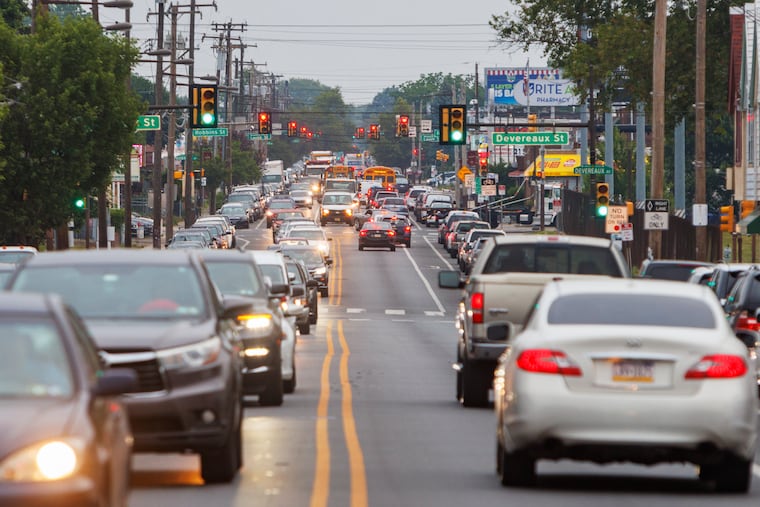How to hack your commute during the I-95 bridge collapse repairs
Take a deep breath, plan ahead, and consider remote work or mass transit for the next month or so.

Take a deep breath, plan ahead, and consider remote work or mass transit for the next month or so.
